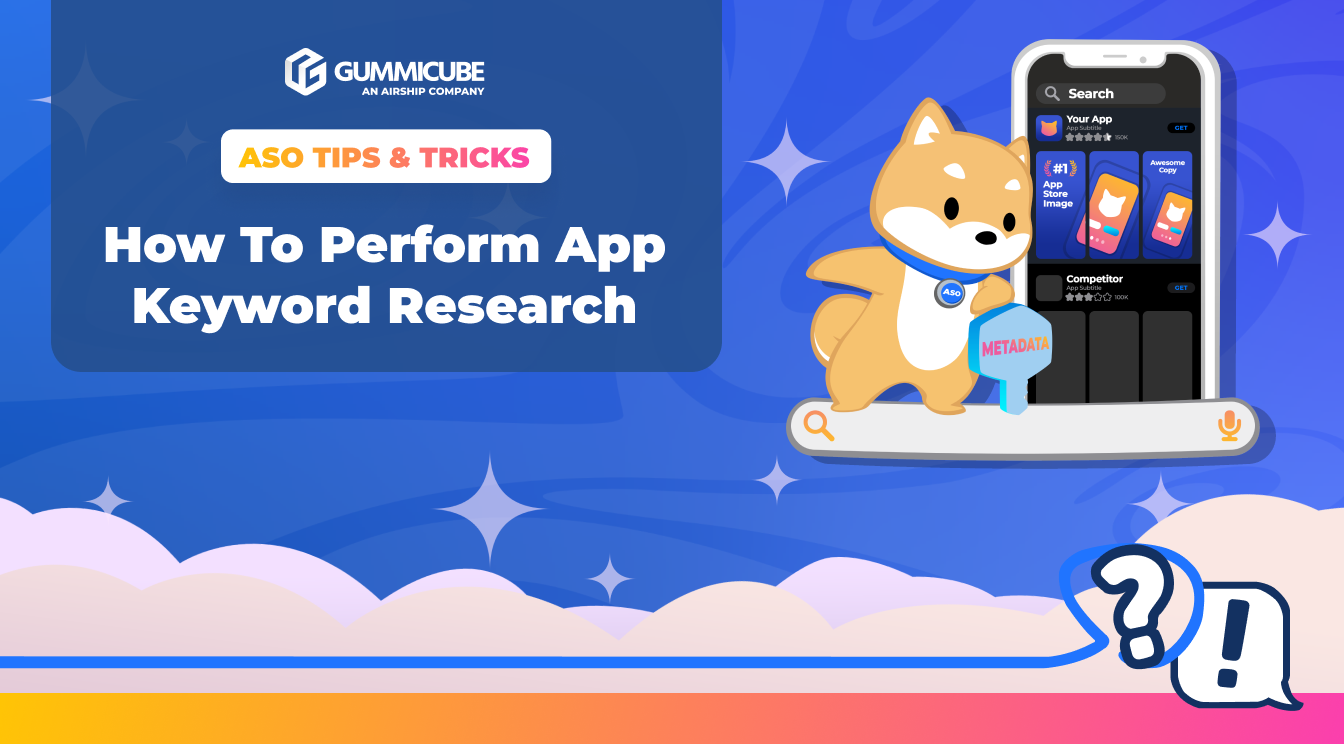
ASO Tips for Enhancing App Screenshots
Posted on December 23rd, 2025
App screenshots are not decorative assets. They are strategic conversion tools that play a critical role in App Store Optimization.

You might ask yourself, “How important is my app title?” The short answer? Incredibly.
App Titles are one of the first points of contact with a user, so just like in real life, first impressions count. The title provides crucial information regarding app branding and features.
A title should be clear, concise, and relevant to your app. Despite its seemingly simple requirements, it’s also one of the most overlooked opportunities for metadata optimization.
Below, we’ll be recapping how and why titles are a crucial part of your App Store Optimization strategy while providing best practices so you can ensure your title is pulling its weight in metadata optimization.
To understand the significance a title has on iOS metadata optimization, it’s important to first understand how the App Store indexes keywords and where exactly those keywords come from.
Unlike Google Play (GP), iOS keywords are collected from the title, subtitle, and keyword bank. Unless a developer decides to run Apple Search Ads (ASA), descriptions are untouched in keyword indexation. So, these three fundamental metadata components are essential for App Store keyword indexation.
iOS keyword indexation works a lot like a game of MadLibs – iOS pairs together terms in the title, subtitle, and keywords bank to string together relevant keywords to help an app rank for those terms.
To illustrate this, let’s use a metaphorical app called, Business Widget: Buy Them Now. With their subtitle, and keyword bank optimized for relevant terms, the iOS indexation process allows them to index for all of the terms residing in these metadata assets. For example, if the keyword bank or subtitle had the term “free” in it, Business Widget can rank for terms like “free widget”, or “business widget free”.
For iOS, the title serves a vital purpose in the indexation process. Utilizing its maximum 30-character count is imperative to make the most out of the title’s full indexation capabilities.
Just like iOS, GP has a maximum of 30 characters allotted for the title. For Google Play, the title is one of the heaviest-weighted metadata assets.
Unlike iOS, Google Play “crawls” through metadata and selects relevant keywords for indexation. The metadata components involved in the indexation process are the title, short description, and full description. The process of GP indexation is very top-down, so as this suggests, the title is one of the most important points of metadata optimization.
But unlike iOS, the Google Play indexation process doesn’t play a game of MadLibs with the keywords. Instead, Google Play selects keywords as they are written in the metadata.
So, if Business Widget wanted to rank for the keyword, “buy widgets”, it wouldn’t be able to break it down with additional phrases like, “buy free stinky widgets”. Instead, GP would pick up “buy free”, or worse – “stinky widgets”. Which, let’s be real, nobody would search for a stinky widget – even if they were real.
When writing a Title for your iOS or GP app, there are a few ASO best practices you should keep in mind:
Now that you have the basics of how titles work and what role they play in metadata optimization, it’s important to know that titles are only a fragment of a full and robust ASO metadata strategy.
To give a title that extra oomph, synergy is required in all metadata assets to maximize its full potential. And while it may not be an easy process, a fully realized ASO strategy can help your app launch to long-term, sustainable success with the right ASO tools. Take the guesswork out of ASO strategy with an expert ASO Company to give your app the kickstart it deserves.
Want to learn more about App Store Optimization? Contact Gummicube and we’ll help get your strategy started.

App screenshots are not decorative assets. They are strategic conversion tools that play a critical role in App Store Optimization.

By evaluating the feedback from a rejected In-App Event, app developers can resubmit and gain approval. If you are looking to refine your IAE, reach out today.

App keyword research is a crucial part of developing a winning ASO strategy. Read more to discover ASO tools & strategies to elevate your app listing.